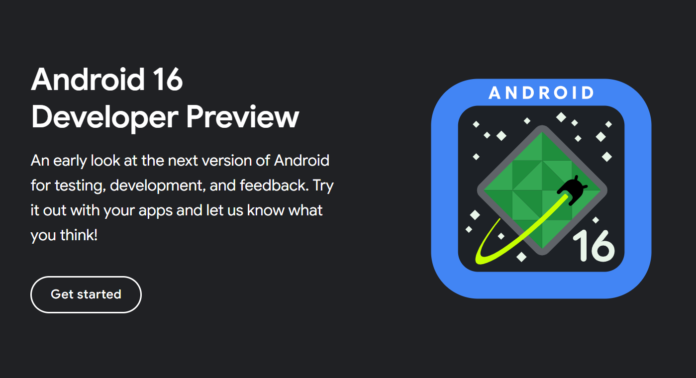Google has released the first official developer preview of Android 16 ahead of its planned public launch in Q2 2025. The earlier release marks a change in the way Google approaches the Android development cycle, as the company plan to roll out API updates ahead of schedule.
What’s new in Android 16 developer preview 1?
With Android 16, Google plans to introduce a new API release system, with a new release scheduled for Q2 2025 and a second release for Q4 2025. The update will follow multiple release cycles including incremental updates in Q1 and Q3. The goal is to give developers more time to ensure compatibility with future devices.
Here are some of the key features introduced in the Android 16 developer preview 1:
Embedded photo picker
An embedded photo picker allows users to give apps access to the photos and videos they want. Instead of accessing the entire media library supported since Android 4.4 (API level 19), this feature works with apps with minimal coding. The goal is to give users more control over the media they share with the app. Broadly reduce licensing requirements and improve privacy
Health records API
Android 16 introduced the Health Records API as part of the Health Connect platform. This API allows apps to read and write health records in FHIR (Fast Healthcare Interoperability Resources) format with user consent. The API is currently in development. early access and when ready to use It will be able to facilitate easy sharing of data between health-related apps. At the same time respecting privacy.
Privacy Sandbox on Android
Android 16 includes an update to Privacy Sandbox with features like the SDK Runtime, which separates third-party SDKs from the app environment. It aims to improve data protection and user privacy by limiting the scope of third-party SDKs that can access and share data. This is an important consideration for developers and users concerned with data security.
Android 16 release timeline
The developer preview period for Android 16 will begin in November 2024, and Google plans to release updates on a large scale, including system images, SDK tools, emulators, and API references. Developers can also access various APIs to make it easier to communicate with applications.
By the end of the first quarter of 2025, Google will achieve platform stability, finalizing the SDK/NDK APIs and system behavior. This gives developers a few months to test and improve their apps before the official release of Android 16.
RELATED
How to get started with Android 16
Developers who want to explore Android 16 can start by flashing a system image on their Pixel 6 or later device. If the device already has Android 15 QPR2 beta 1 installed, it will need to be wiped to switch to the Android 16 preview when the beta is ready. Google plans to invite users to join the Android beta program.


